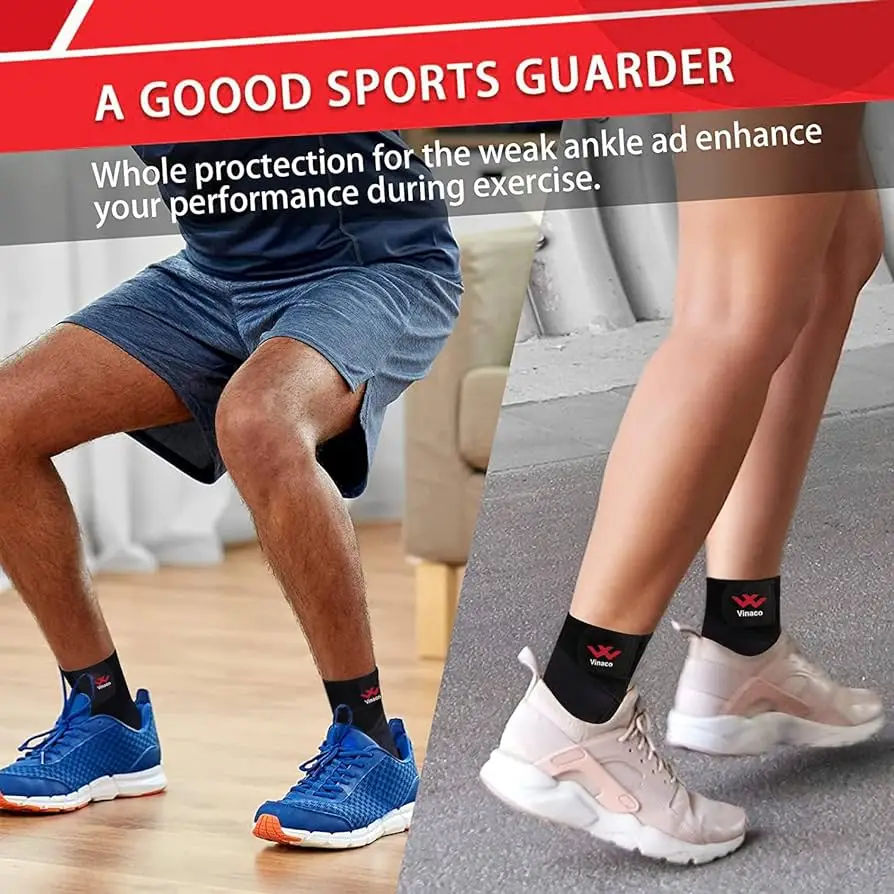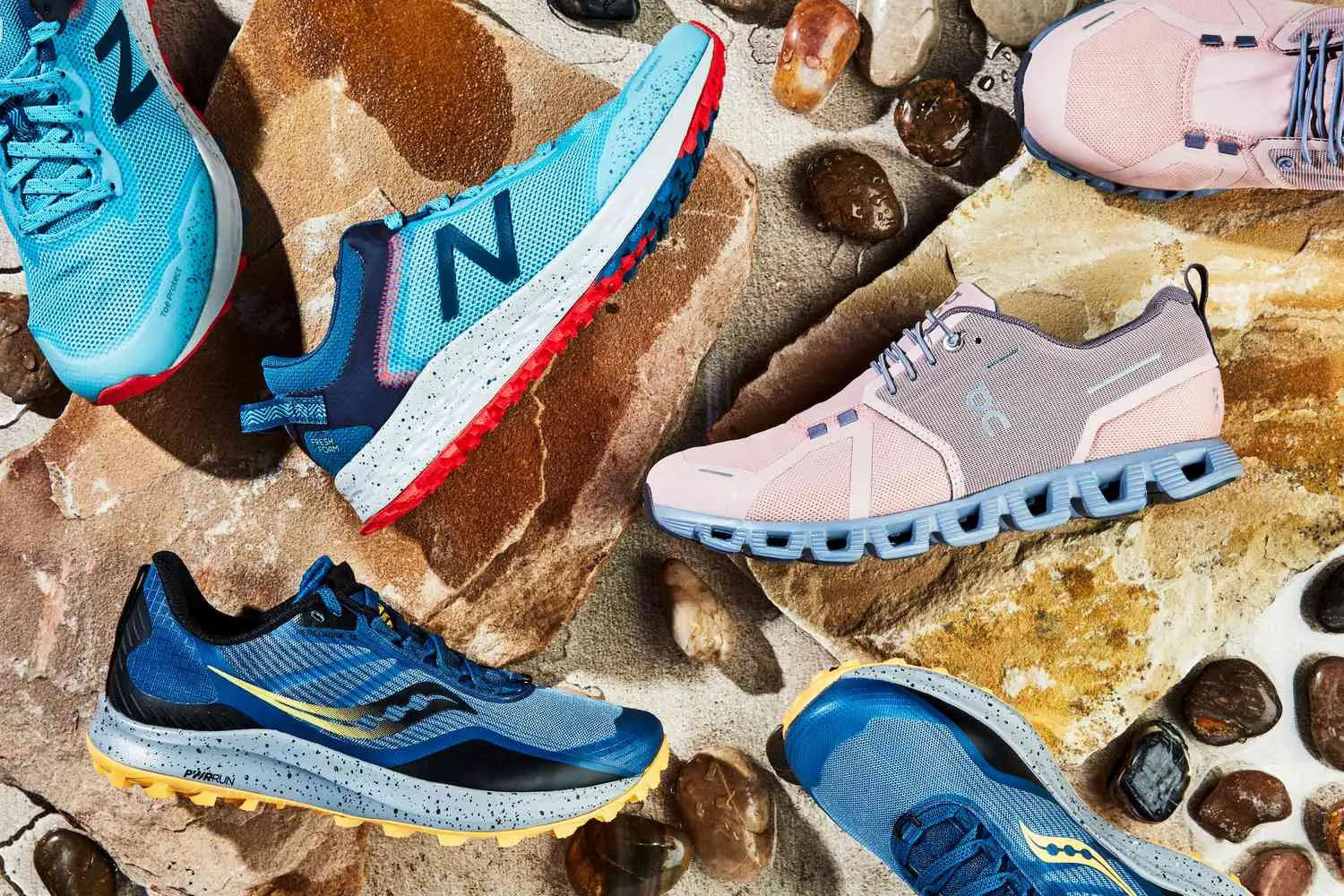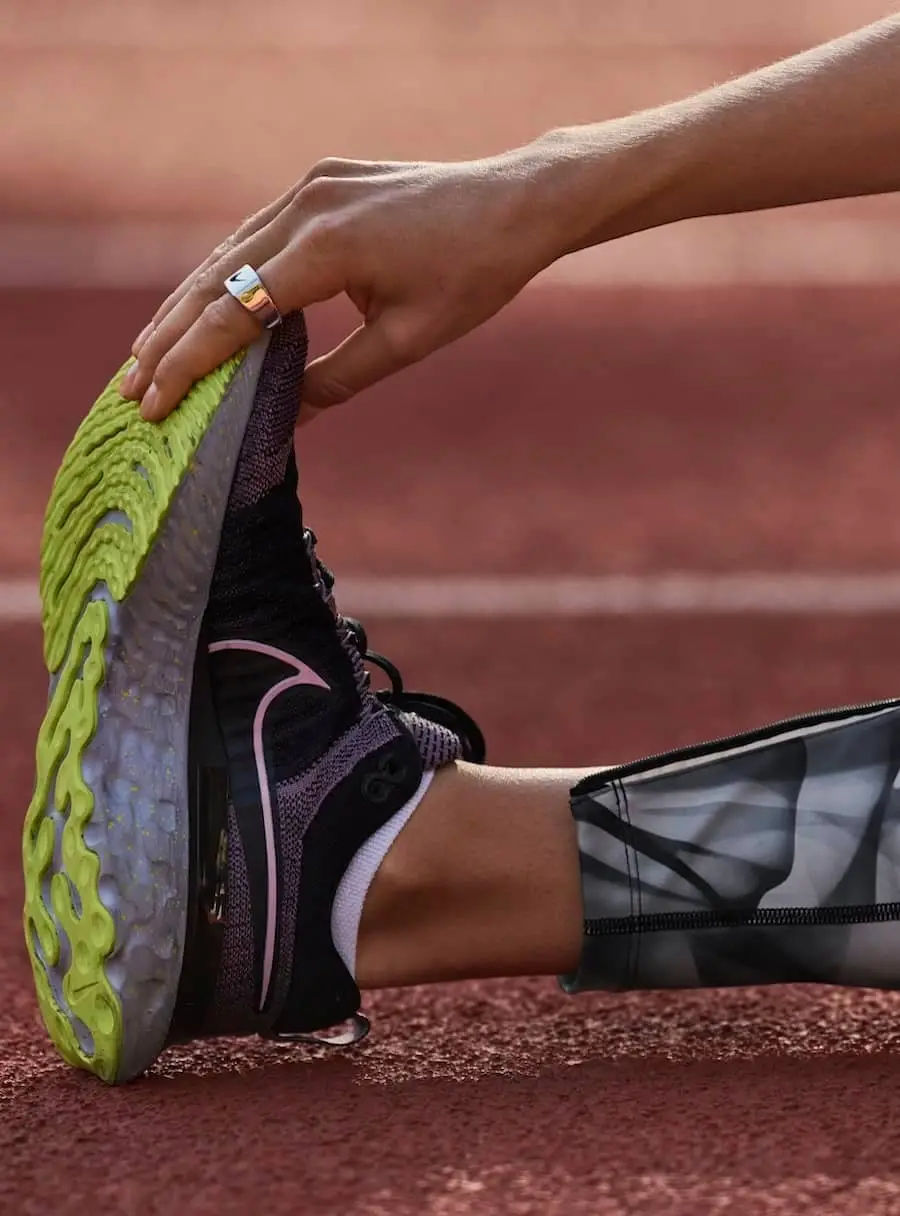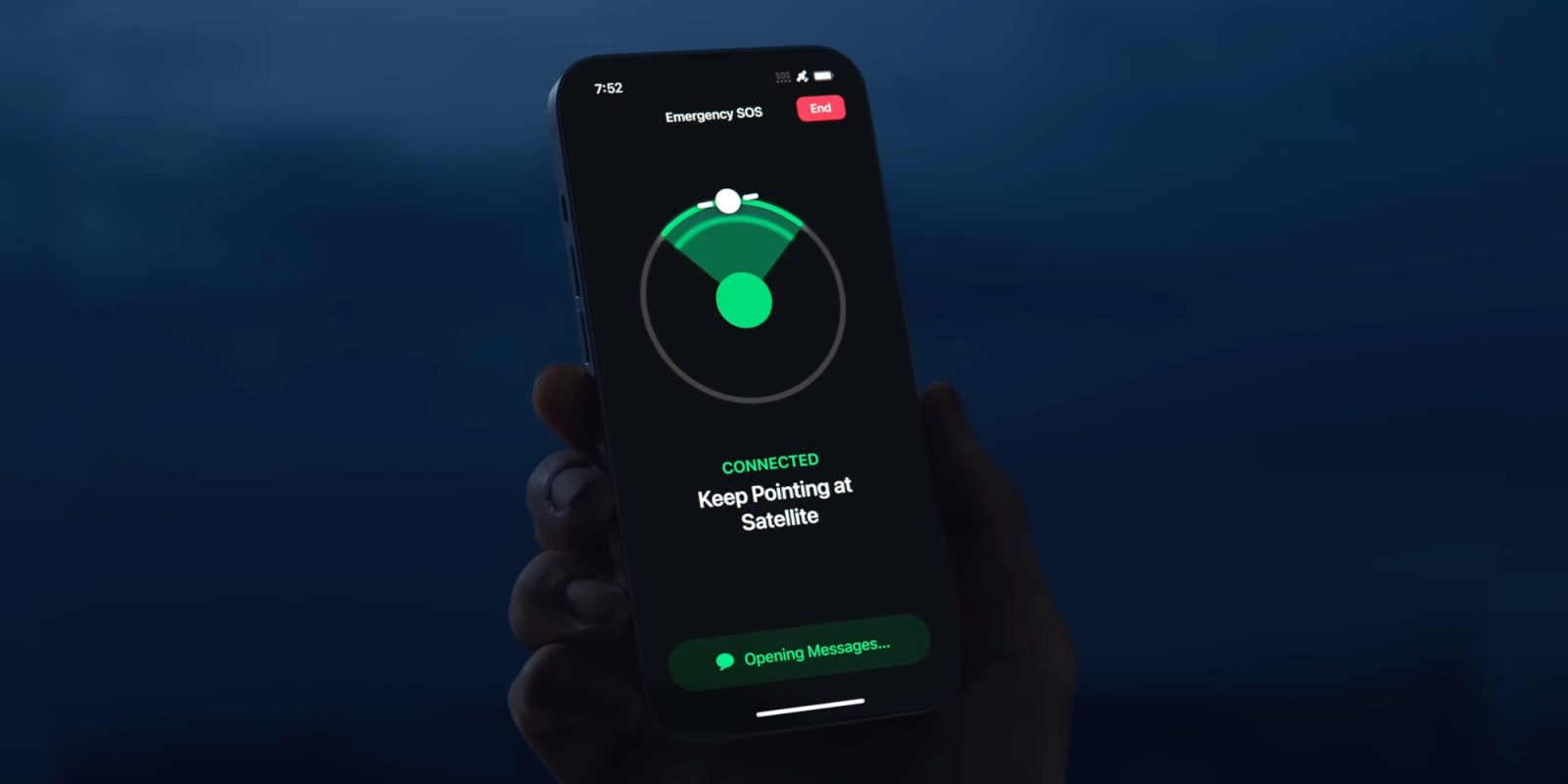Now Reading: Selecting the Ideal Running Shoes for Weak Ankles A Comprehensive Guide
-
01
Selecting the Ideal Running Shoes for Weak Ankles A Comprehensive Guide
Selecting the Ideal Running Shoes for Weak Ankles A Comprehensive Guide

As a runner with weak ankles, it can be challenging to find the right pair of running shoes that provide optimal support and stability. With so many options available in the market, it can be overwhelming to make a decision on which shoes are best suited for your specific needs. The last thing you want is to end up with a pair of shoes that exacerbates your ankle pain and discomfort. That’s why it’s crucial to understand the essential features to look for when selecting running shoes for weak ankles.
In this comprehensive guide, we will dive into the top-rated running shoes designed specifically for weak ankles. We will also discuss the key features that ensure ankle stability, including cushioning, motion control, and pronation support. Additionally, we’ll share some tips on finding the perfect fit and other considerations for runners with weak ankles. By the end of this guide, you will have all the information you need to choose the ideal running shoes for your weak ankles and empower yourself to achieve your fitness goals.
Ensuring Ankle Stability: Essential Features in

When it comes to choosing running shoes for weak ankles, ankle stability should be your top priority. This means that the shoes you select should provide enough support and protection to prevent any further injury or pain to your ankles. Here are some of the essential features to look for in running shoes for weak ankles:
Arch Support
One of the most crucial factors in ensuring ankle stability is having proper arch support. Your foot arch acts as a natural shock absorber and helps distribute your body weight evenly while running. For runners with weak ankles, having sufficient arch support can help reduce the risk of ankle sprains and provide overall stability. Look for shoes with built-in arch support or opt for inserts if needed.
Firm Heel Counter
The heel counter is the area at the back of the shoe that surrounds your heel. For runners with weak ankles, a firm heel counter is essential as it provides stability and prevents your foot from rolling inward or outward. A soft and flexible heel counter can lead to instability and increase the risk of ankle injuries. When trying on shoes, make sure to check the firmness of the heel counter by pressing on it with your thumb.
Ankle Collar Padding
The ankle collar is the area around the opening of the shoe that hugs your ankle. It’s crucial to have adequate padding in this area for runners with weak ankles. The padding helps to cushion and support your ankle, preventing any rubbing or discomfort. Shoes with a low-cut ankle collar may not provide enough support for weak ankles, so opt for shoes with a higher ankle collar and sufficient padding.
Top-Rated Running Shoes Designed for Enhanced Ankle Support

Now that we know the essential features to look for in running shoes for weak ankles let’s take a closer look at some of the top-rated shoes designed specifically for enhanced ankle support.
Brooks Adrenaline GTS 21
The Brooks Adrenaline GTS 21 is a popular choice among runners with weak ankles. This shoe provides excellent arch support with its integrated GuideRails system, which also helps with overpronation. The DNA LOFT cushioning in the midsole offers a balance of softness and responsiveness, making it comfortable for long-distance runs. Additionally, the padded ankle collar and firm heel counter provide optimal ankle stability.
ASICS Gel Kayano 27
The ASICS Gel Kayano 27 is another top-rated shoe known for its superior ankle support. The Dynamic DuoMax support system in the midsole helps reduce overpronation and provides overall stability. The gel cushioning in both the heel and forefoot ensures shock absorption during high-impact movements. The shoe also features a padded ankle collar and a firm heel counter for added ankle support.
New Balance 860v11
New Balance is a trusted brand in the running community, and their 860v11 model is specifically designed for runners with weak ankles. The shoe features a medial post in the midsole that helps correct overpronation and provides stability. The Fresh Foam cushioning offers a soft and responsive ride, while the padded ankle collar and firm heel counter offer excellent ankle support. This shoe also comes in various widths, making it ideal for those with wider feet.
Cushioning and Support: Striking the Right Balance for Weak Ankles
When it comes to running shoes, finding the right balance between cushioning and support is crucial for runners with weak ankles. Too much or too little of either can lead to discomfort or injury. Here are some tips for finding the right balance:
- Avoid minimalist shoes: Minimalist shoes have gained popularity in recent years, but they are not suitable for runners with weak ankles. These shoes have minimal cushioning and support, which can put excessive strain on your ankles and lead to injuries.
- Look for shoes with ample cushioning: Shoes with adequate cushioning can help absorb shock and reduce impact on your ankles. However, too much cushioning can lead to instability, so make sure to strike the right balance by trying on different shoes and assessing how they feel on your feet.
- Consider your running style: Your running style can also play a role in determining the amount of cushioning and support you need. For example, if you tend to overpronate, you may need more support, while those who underpronate may require more cushioning. It’s essential to choose shoes based on your individual needs rather than following trends or recommendations.
Motion Control and Pronation Support for Runners with Weak Ankles
Pronation refers to the natural inward rolling motion of the foot as it hits the ground while running. For runners with weak ankles, excessive pronation can lead to instability and increase the risk of ankle injuries. That’s why motion control and pronation support are vital features to consider when selecting running shoes for weak ankles.
What is Motion Control?
Motion control refers to a shoe’s ability to limit excessive foot movement during running. This feature is especially important for runners with overpronation, as it helps to correct the inward rolling motion of the foot. Shoes with motion control typically have a firmer midsole and a stabilizing device in the arch area.
Choosing the Right Level of Pronation Support
When it comes to pronation support, there are three levels to consider – neutral, stability, and motion control. Neutral shoes are suitable for runners with normal pronation, while stability shoes offer moderate support for those with mild overpronation. For runners with severe overpronation, motion control shoes are the most suitable option. It’s essential to understand your pronation level to choose the right type of support for your weak ankles.
Finding the Perfect Fit: Tips for Choosing Running Shoes for Weak Ankles
Aside from the essential features mentioned above, finding the perfect fit is crucial for runners with weak ankles. Ill-fitting shoes can cause discomfort and increase the risk of injury. Here are some tips for choosing the perfect fit:
- Measure both feet: Many people have one foot that’s slightly larger than the other, so it’s essential to measure both feet and go with the size of the larger foot.
- Try on shoes later in the day: Our feet tend to swell throughout the day, so it’s best to try on shoes later in the day when your feet are at their largest.
- Leave enough room for your toes: Make sure there is enough space in the toe box for your toes to wiggle comfortably. If your toes feel cramped, it could lead to blisters or other foot issues.
- Consider the width: As mentioned earlier, some shoes come in various widths to accommodate different foot sizes. If you have wider feet, make sure to try on shoes with a wider fit for optimal comfort.
- Walk and run in the shoes: Before making a purchase, take the shoes for a test walk or run to ensure they feel comfortable and supportive. Some stores also offer a treadmill for this purpose.
Additional Considerations for Runners with Weak Ankles: Beyond Footwear
While finding the right pair of running shoes is crucial for runners with weak ankles, there are other factors to consider to prevent injuries and improve ankle stability. Here are some additional considerations:
- Warm-up before running: Warming up before a run helps to prepare your muscles and joints for the physical activity, reducing the risk of injury.
- Strengthen your ankles: Incorporating ankle-strengthening exercises into your fitness routine can help improve ankle stability and reduce the risk of injury.
- Try ankle braces or wraps: If your ankles are particularly weak, consider using ankle braces or wraps for added support during runs.
- Listen to your body: If you experience any pain or discomfort while running, it’s essential to listen to your body and take a break if needed. Pushing through the pain can lead to further injury and delay your recovery.
Conclusion: Empowering Runners with Weak Ankles to Achieve Their Fitness Goals
Finding the best running shoes for weak ankles can be challenging, but with the right knowledge and understanding of your individual needs, you can make an informed decision. Remember to prioritize ankle stability and look for shoes with ample arch support, a firm heel counter, and sufficient ankle collar padding. Consider your pronation level and the right balance of cushioning and support for your unique running style. And don’t forget to find the perfect fit by trying on shoes and taking them for a test run. By following these tips and also considering additional measures such as warming up and strengthening your ankles, you can empower yourself to achieve your fitness goals without worrying about ankle pain or injuries.





.png)




















